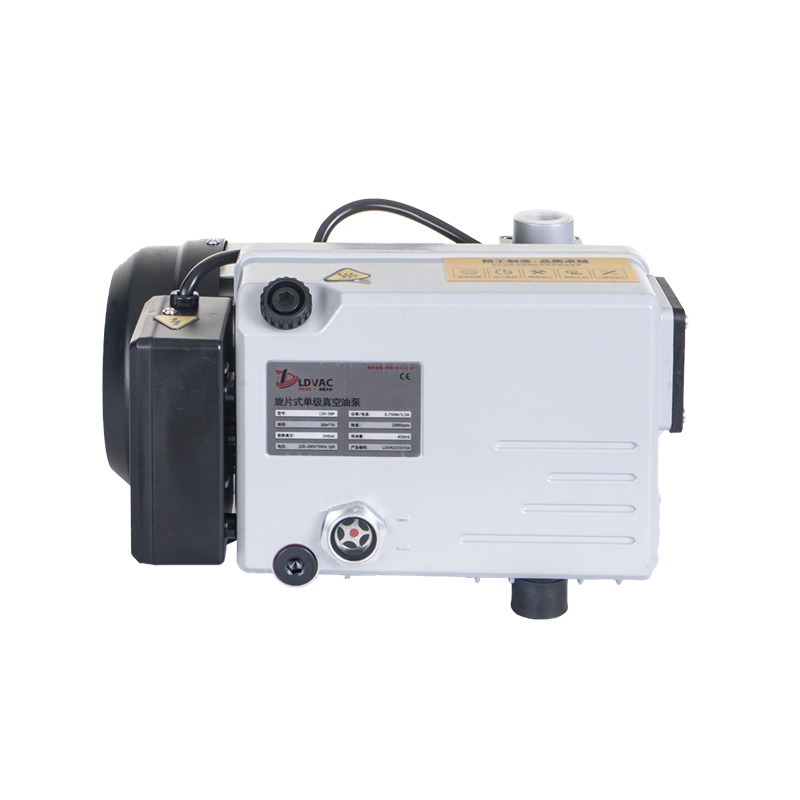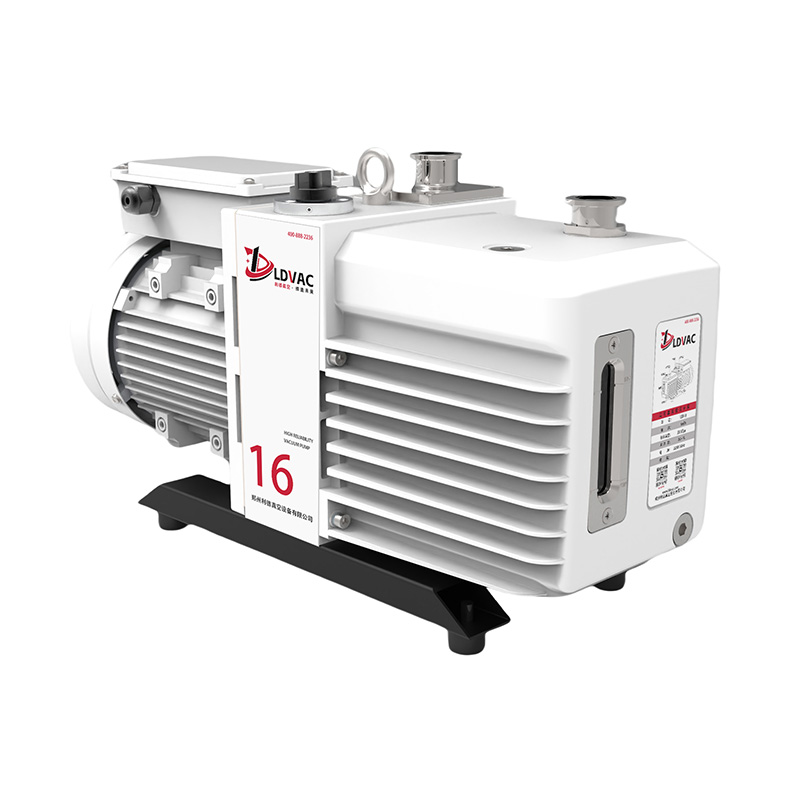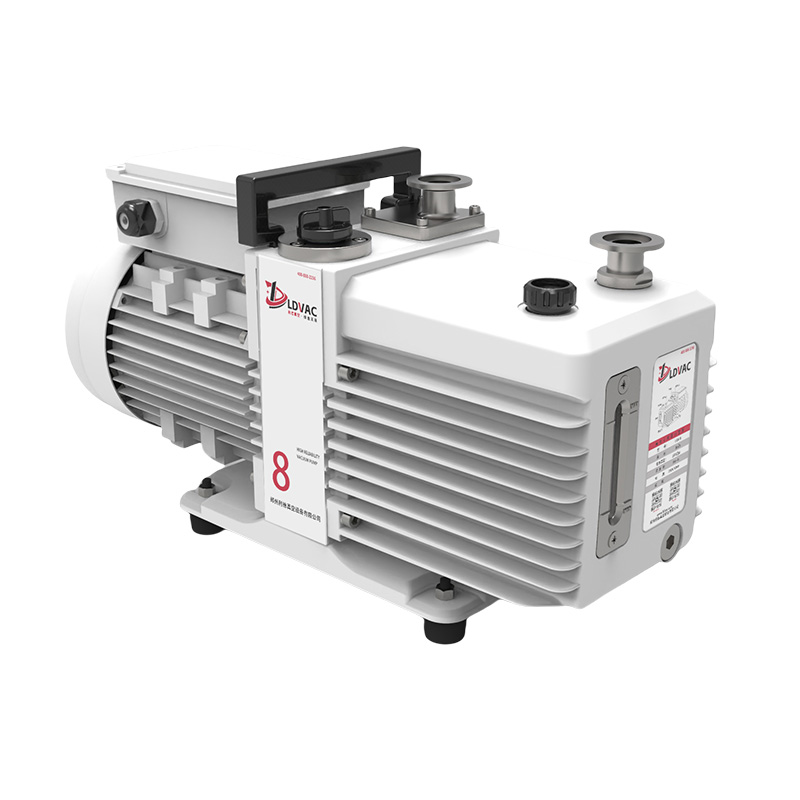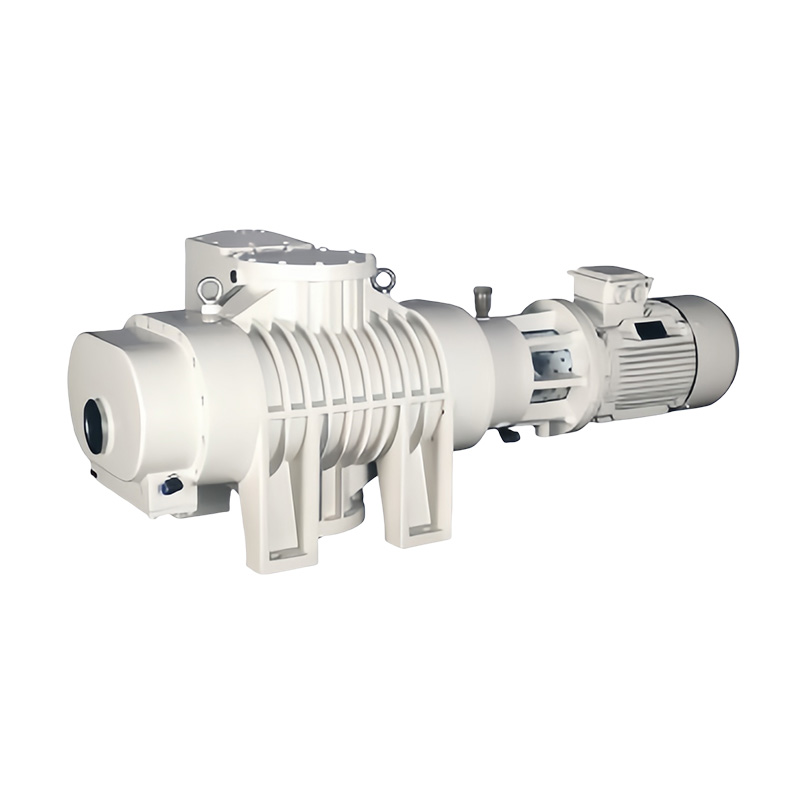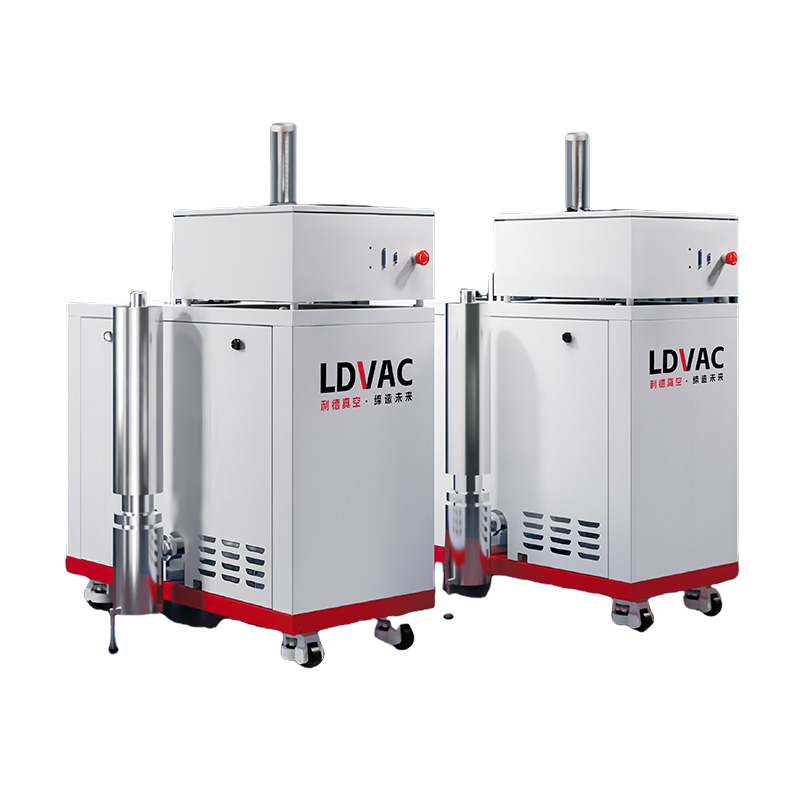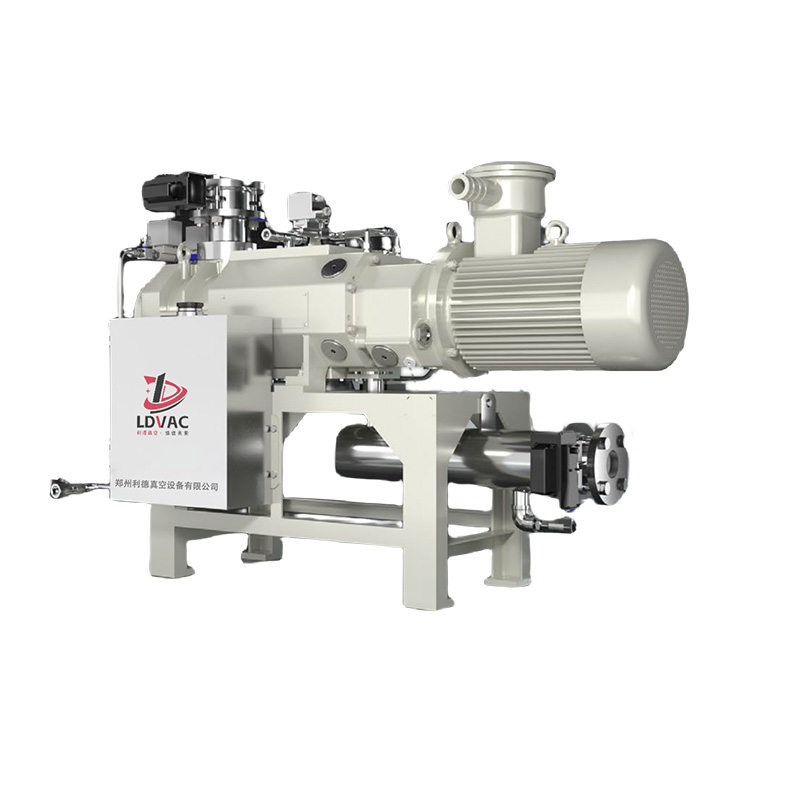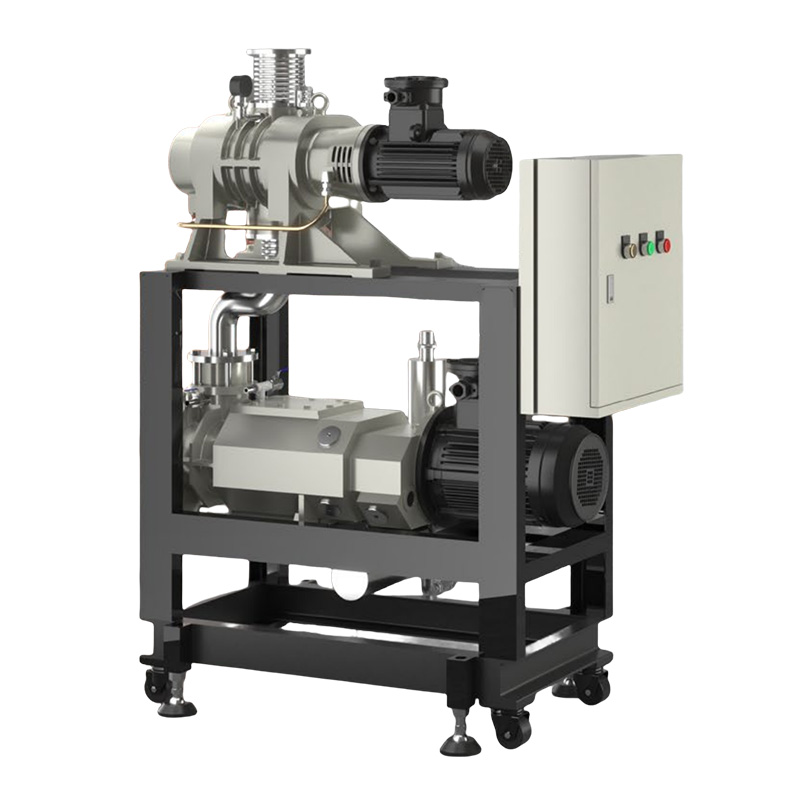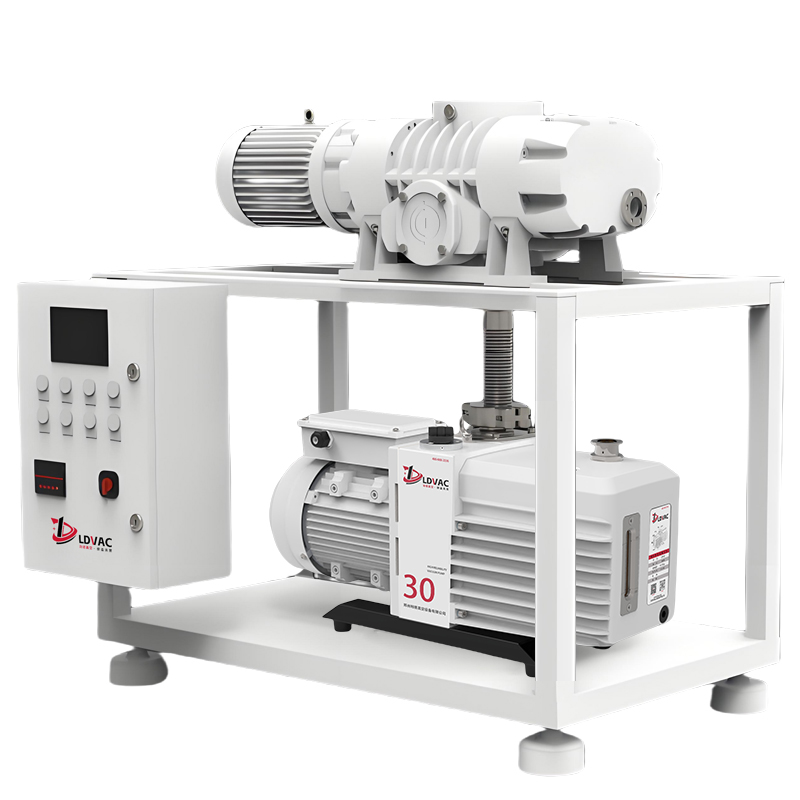Service Support

Service hotline:
400-888-2236
Working principle of rotary vane vacuum pump
Time : 2024/8/19 9:38:06
The working principle of a rotary vane vacuum pump mainly depends on the interaction between the rotor and the rotary vane inside the pump, as well as how these components suck in and discharge gas through rotation and sliding. The following are detailed work steps:
The setting of rotor and rotor: The rotor vacuum pump has an eccentrically installed rotor inside, and the rotor slot is equipped with rotor blades. These rotary blades are usually equipped with springs to ensure that they remain in contact with the inner wall of the pump chamber.
Inhalation process: As the rotor rotates, the volume of the space connected to the suction port gradually increases, resulting in a decrease in gas pressure in that area. This causes external gas to be drawn into this low-pressure area.
Compression and exhaust process: As the rotor continues to rotate, the volume of the previously aspirated space gradually decreases, and the gas is compressed. When the gas pressure exceeds the spring force of the exhaust valve, the gas is pushed into the exhaust valve and discharged outside the pump.
Oil seal mechanism: The exhaust valve is usually immersed in oil, which helps to form a seal between the exhaust valve and the inner wall of the pump chamber, preventing gas backflow. At the same time, oil also helps reduce harmful spaces in the exhaust chamber, thereby affecting the ultimate pressure.
Overall, the rotary vane vacuum pump periodically changes the volume inside the pump chamber through the rotation and sliding motion of the rotor and rotary vane, thereby achieving the purpose of vacuum suction, compression, and discharge of gas.

